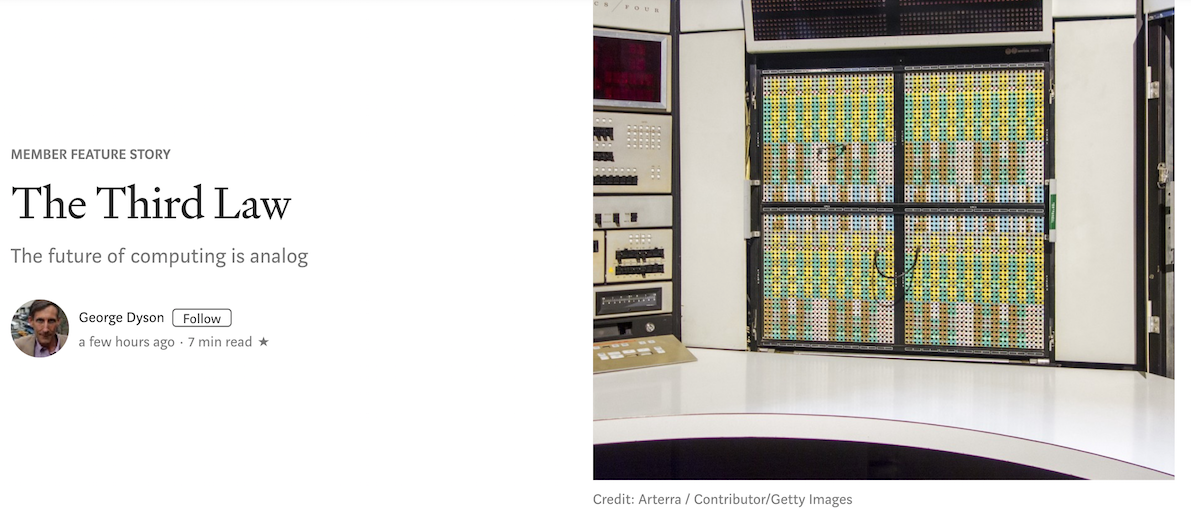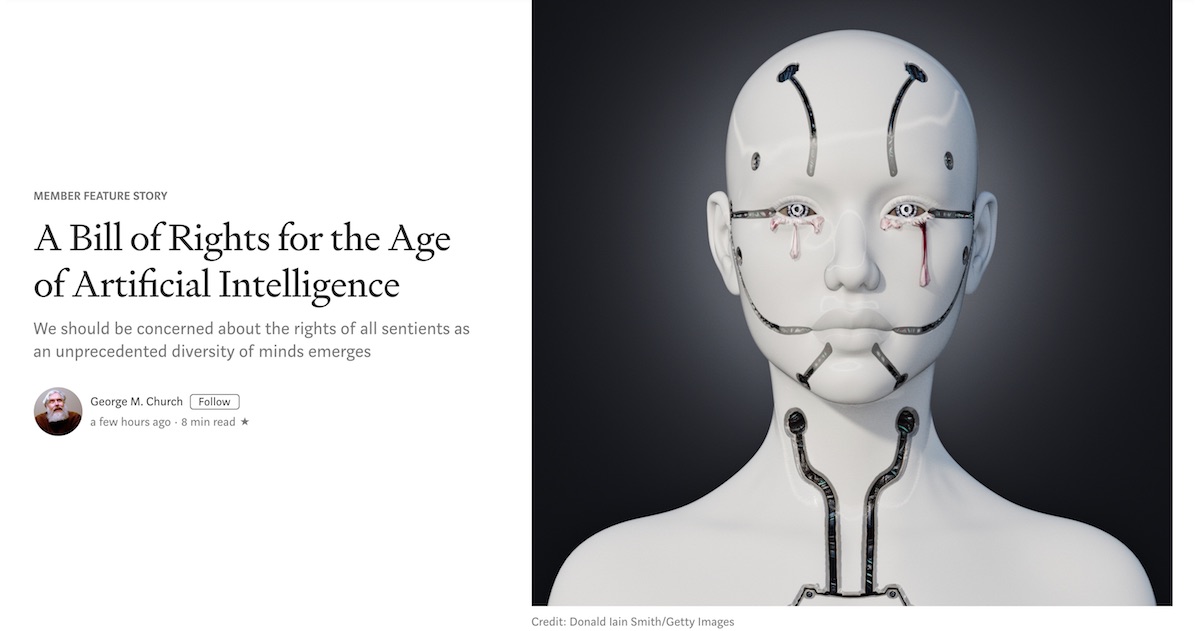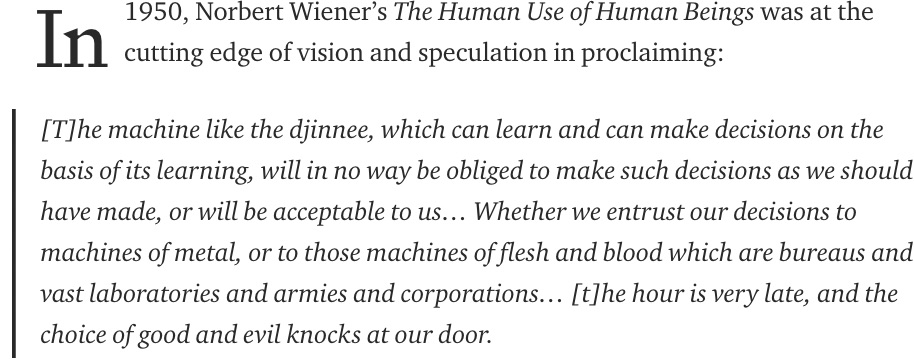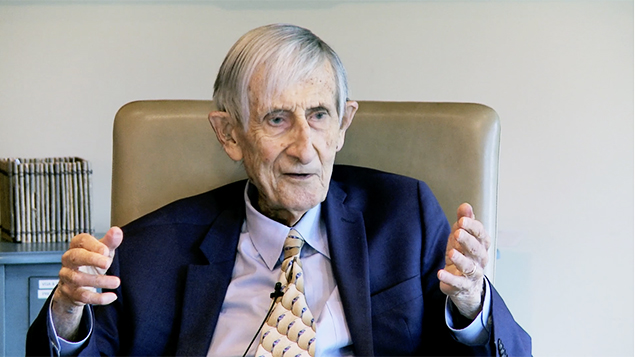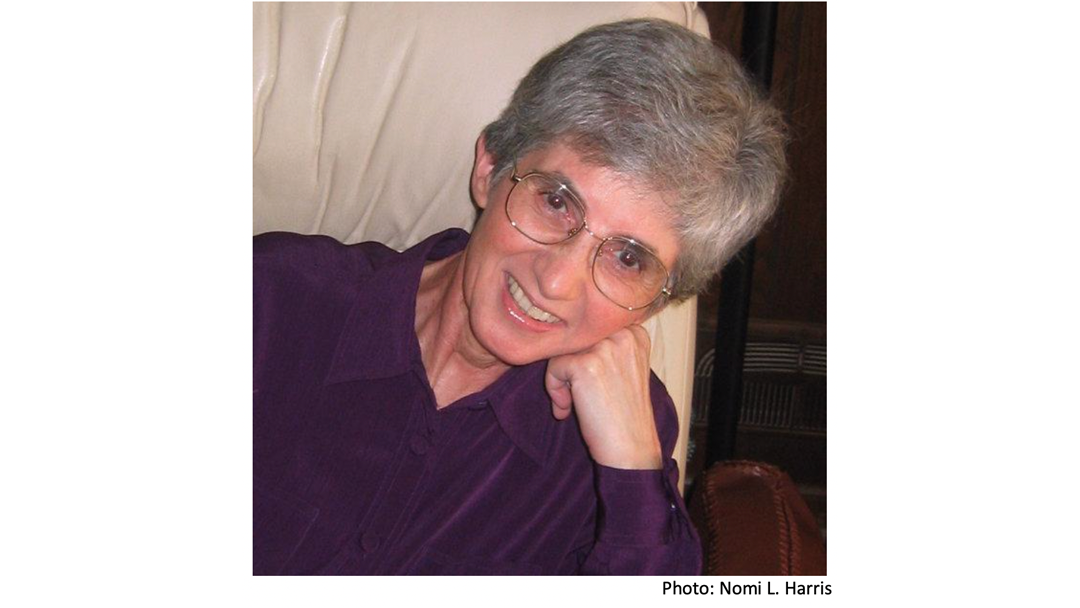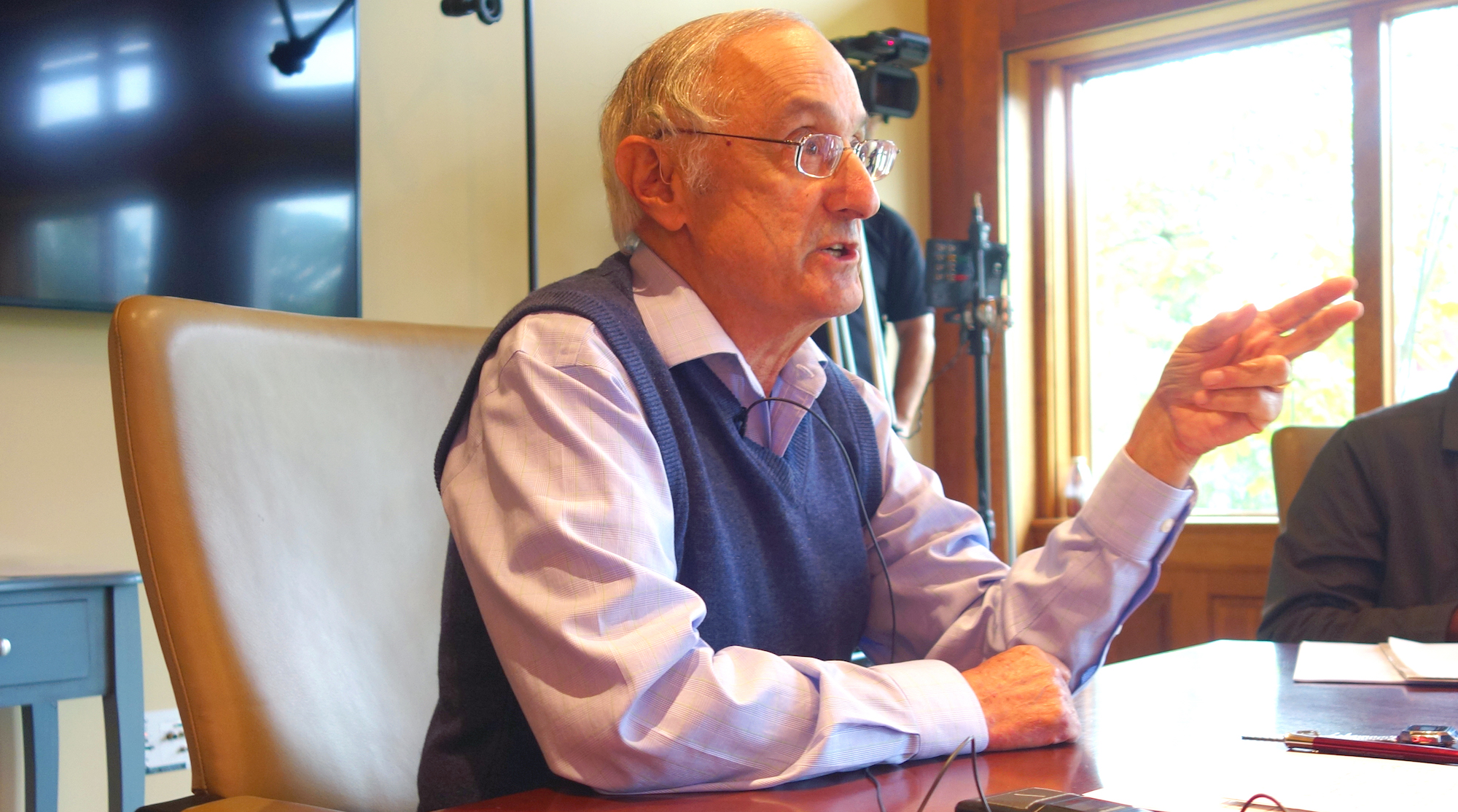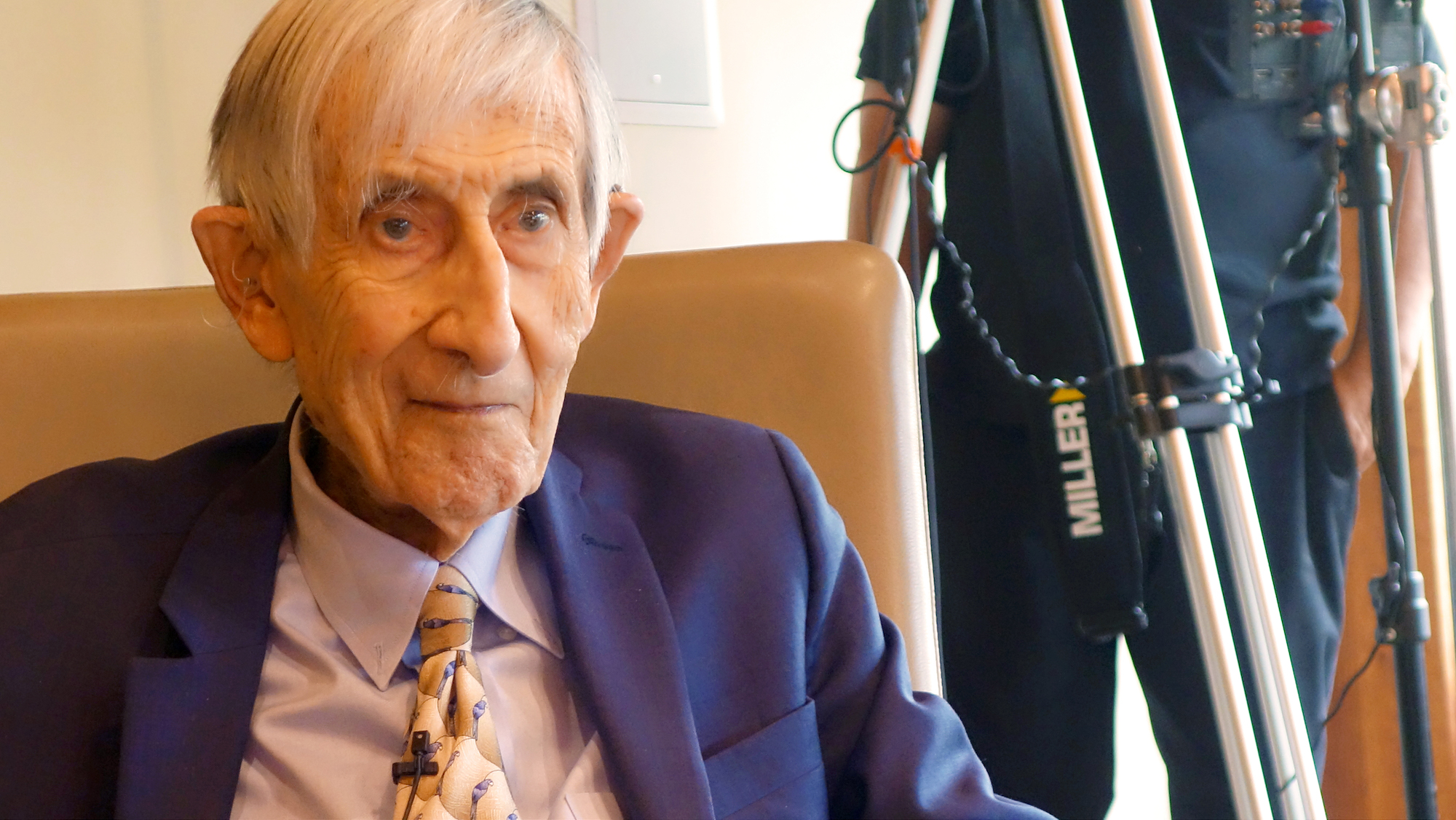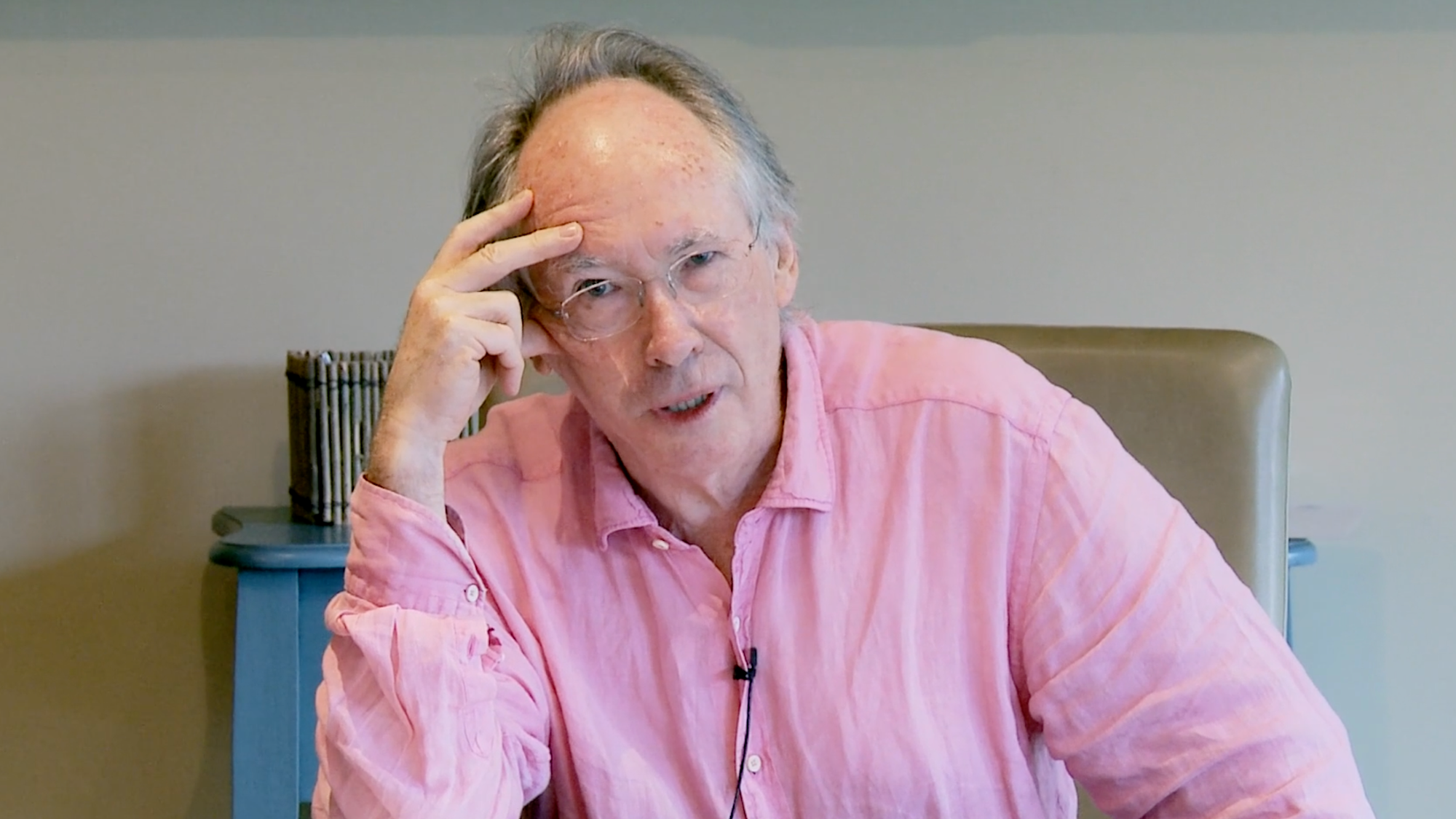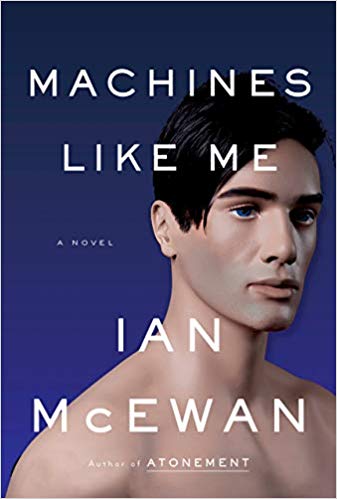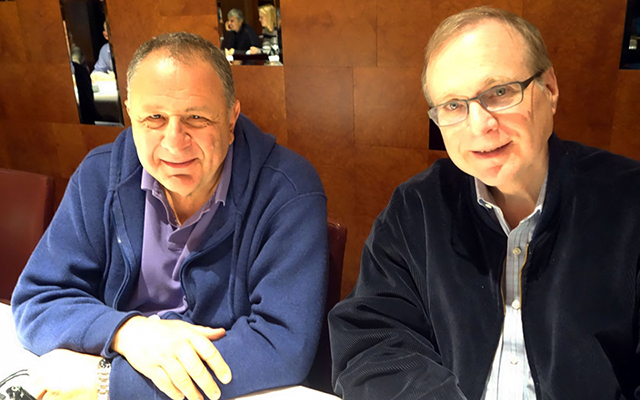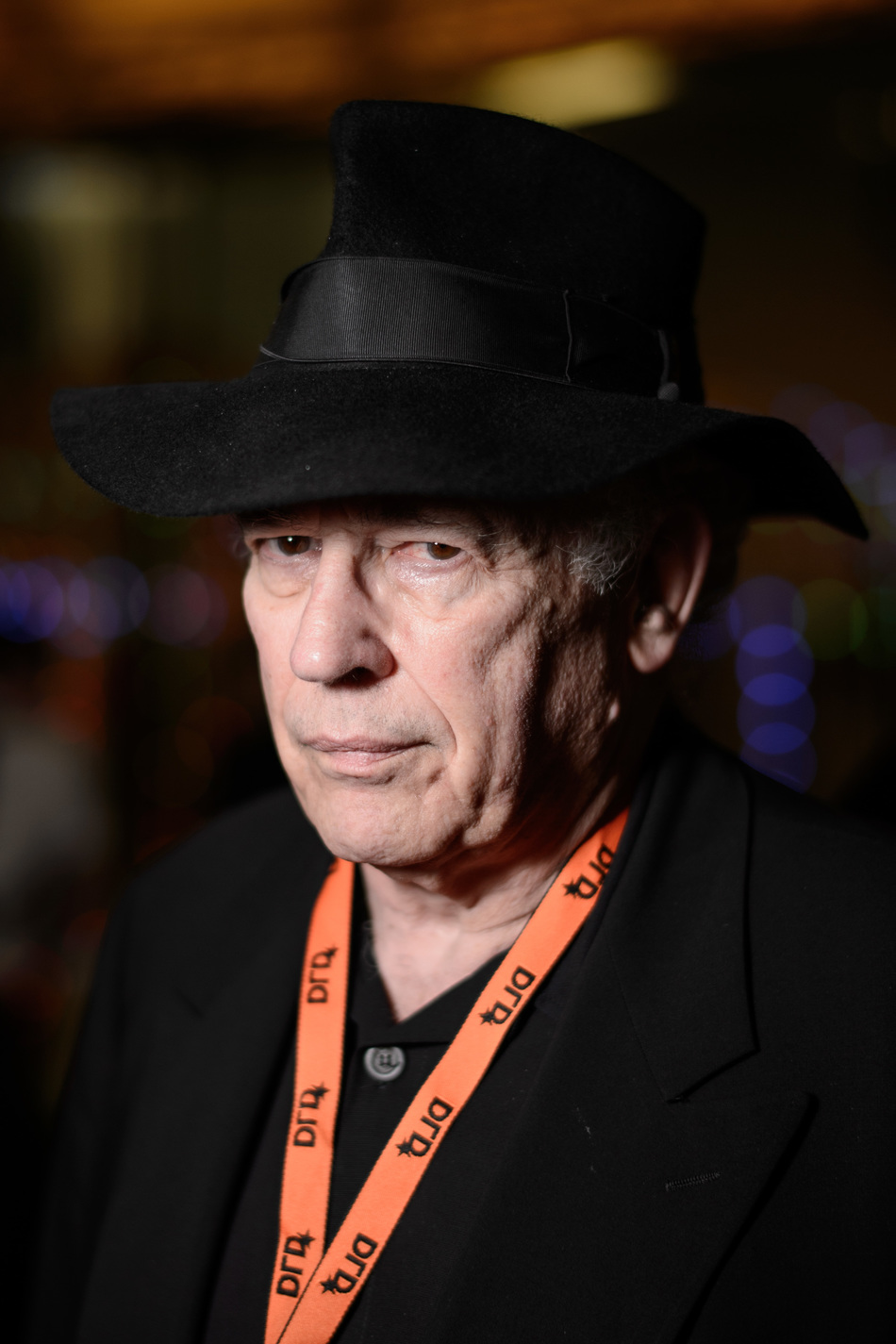Jean Pigozzi & Paul Allen at the Edge Dinner (March 17, 2014)
It was Microsoft’s phenomenal success, early in the evolution of the microcomputer, that made it possible for Paul to make so many other significant contributions to the world, and that success may well have never occurred without Paul’s ability to deliver on the dream to supply the software for all of the microcomputers in the world, beginning with BASIC, and to do so in the early days of the industry. Those at MITS who knew Paul always referred to him as a brilliant polymath and a true gentleman. His quiet, easy going manner, great sense of humor, love of music, guitars, software in all of its forms, compassion and concern for others, together with a totally committed work ethic served as a great role model at MITS.
EDDIE CURRIE is an Associate Professor in Hofstra’s School of Engineering and Applied Sciences. From 1975 to 1978, he was Executive Vice President and General Manager for MITS, the first commercially viable, microcomputer-based personal computer company, where he was involved in the development and manufacture of the Altair and recruitment and supervision of the staff, which included Paul Allen and Bill Gates (founders of Microsoft). Eddie Currie's Edge Bio Page
Reality Club: Jean Pigozzi
PAUL ALLEN REMEMBERED
In 1974, a small company called MITS, in Albuquerque, New Mexico, was struggling to survive as it watched its kit calculator business being destroyed by Texas Instrument’s draconian calculator price-cutting. An Intel salesman dropped off a data sheet for a new microprocessor called the 8080. That evening the president of the company, Ed Roberts, took the data sheet home and, using an HP calculator, concluded that Intel’s newest product was quite capable of becoming the heart of a microcomputer. Roberts went to a local bank and presented a hastily drafted business plan and when asked by a bank officer how many computers could be sold, he responded “800.” The bank assumed that he meant 800/month and granted the loan. In actuality, Roberts meant 800/year.
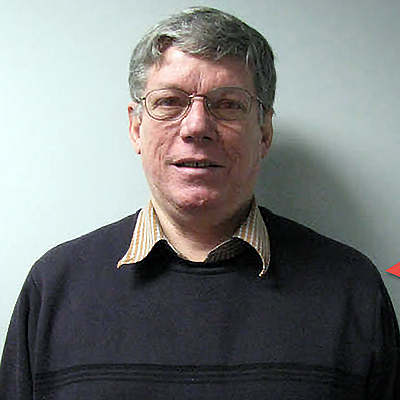
Eddie Currie
Also in 1974, some two thousand miles away in Boston, two young men were monitoring Intel’s microprocessor evolution and dreaming of building a microcomputer based on a microprocessor. The Intel 8080 was announced in April of 1974, but it wasn’t until December of that year, in Electronic Design magazine, that a full instruction set was published. As soon as Paul Allen and Bill Gates saw the article, work began by both, using Harvard computing resources, that ultimately resulted in an 8080 simulator that ran on a DEC PDP-10 and the creation of a 4K version of the BASIC language that would run on the simulator.
Thus MITS had hardware and no computer language, and Bill and Paul had a computer language but no hardware. The breakthrough came in the January 1975 issue of Popular Electronics, published in late December of 1974, featuring the “MITS’ Altair, for the world’s first microcomputer kit,” on the cover.
Paul Allen sent a letter to MITS on January 2, 1975, explaining that his company had a BASIC interpreter that could be marketed on paper tape and/or floppy disk and run on the MITS microcomputer. Ed Roberts' response was immediate and resulted in Paul flying to Albuquerque a few days later with a paper tape and successfully demonstrating Microsoft BASIC running on an Altair. Microsoft was founded as Micro-Soft, on April 4, 1975.
I also played a role. Ed Roberts and I had grown up together, attended the same elementary school, junior high and high school, and were best friends. From 1975-78 I worked alongside him at MITS as Executive Vice President and General Manager, which involved supervising the work of Paul and Bill. At one point, I asked Paul and Bill about Microsoft’s ultimate goal. Their response came quickly and succinctly, viz., “… Microsoft wants to supply software for all of the microcomputers in the world…” This unequivocal mission statement was to serve Microsoft well in the years to come. It also resulted in Microsoft staking a claim to what would later become a hotly contested domain. Such a clear vision was surprising not only for its breadth and scope but also because they were 18 and 20, respectively, at the time. While Bill and Paul early on collaborated on software development, overtime Bill’s focus was primarily on business development and Paul’s on software development.

